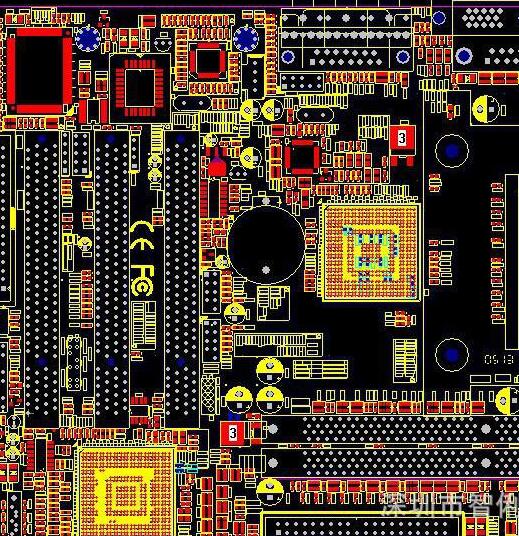How the circuit board is made
On the occasion of celebrating the 100th anniversary of the founding of the party, there is an atmosphere of joy throughout the country. We are self-improving, and we can not do without the hard work and dedication of our ancestors to have such a happy life today. Today’s era is different from the past. After all, the Internet era has already occupied most people’s living space. In such a smart era, the demand for PCB circuit boards is also increasing, and with the continuous progress of process technology. How the board is made is also changing.
PCB board
However, if you want to successfully produce a circuit board, in principle, you still have to start with printing the circuit board, then cutting the circuit board until processing the copper clad laminate, transferring the circuit board, corroding it, drilling and pre-processing As well as welding and so on. Every step of the production process is inevitable, and the electricity is finally turned on.
How is the circuit board made? In the following, the technicians of Dongguan Boyuan Electronics Co., Ltd. will come to introduce to you:
The first step: Print the circuit board. How does this step work? There is no doubt that it is necessary to print out the drawn circuit board paper. Normally, it is necessary to print two circuit boards. Through comparison, choose the better printing effect to provide a pavement for the next circuit board production.
Circuit board
Step 2: Cut the copper clad laminate. How is the circuit board made? When cutting, the circuit board needs to be made by using the photosensitive plate, and the whole process is illustrated. What is copper clad laminate? As the name suggests, it refers to a circuit board covered with copper film on both sides. Here, the technicians of Boyuan Electronics also kindly remind you that when cutting the copper clad laminate, you need to position its size. It should not be too large, which is more likely to cause waste. After all, save Material is king.

The third step: pretreatment of the copper clad laminate. During the pretreatment, the technicians of Boyuan Electronics generally use fine sandpaper to polish the surface oxide layer of the copper clad laminate, and ensure that when the circuit board is transferred, the toner on the thermal transfer paper is used to remove it. It is firmly fixed on the top of the copper clad laminate. In addition, there are significant differences in its standards. After all, it is very important to achieve a bright board surface without obvious stains.
The fourth step: transfer the circuit board. How does the transfer work? How is the circuit board made? How do you say this step is a link between the past and the next? Cut the printed circuit board to a suitable size, and stick the printed circuit board on the copper clad laminate. After alignment, put the copper clad laminate into the heat transfer machine. Make sure that the transfer paper is not misaligned when placing it. Generally, after 2-3 times of transfer, the circuit board can be transferred firmly on the copper clad laminate. It's just that the temperature is relatively high during the operation, so it is very important to check the safety of the operation.
Step 5: Corrosion circuit board. The technician of Boyuan Electronics pointed out that the premise of corrosion is the integrity of the transfer. Once the copper film on the PCB board is completely corroded, the PCB board needs to be taken out of the corrosive solution. During the operation, because it involves Different corrosive fluids, so be careful.
PCB circuit board
Step 6: Drill holes for how the circuit board is made. Don't want to question, that is, to drill the circuit board, hold the drill steadily during the operation, and the speed of the drill depends on the proficiency of the operator. After the drilling work is completed, it needs to be cleaned, and then solidified by the rosin, which can usually be completed in a few minutes.